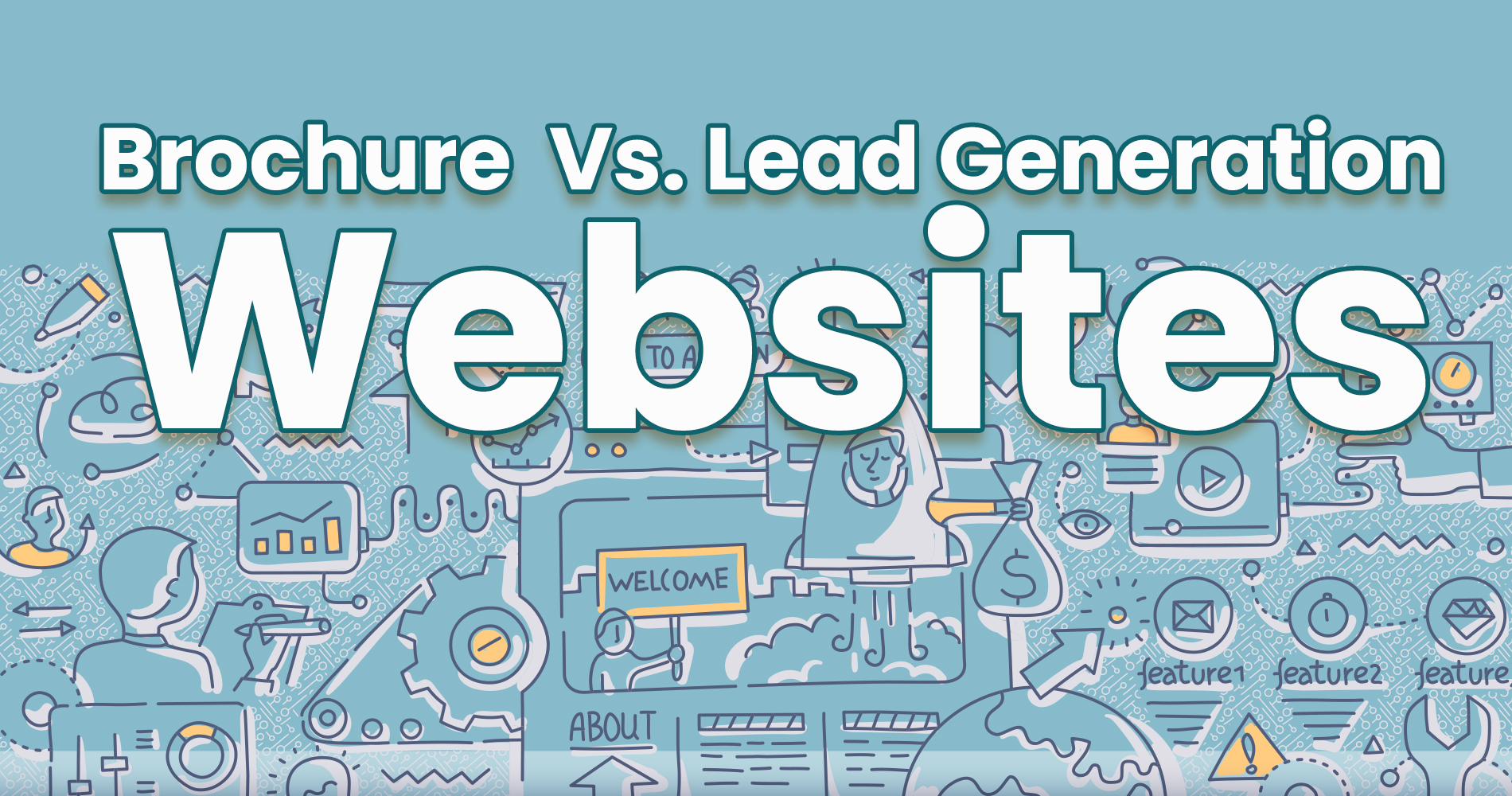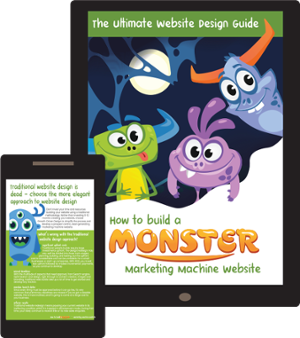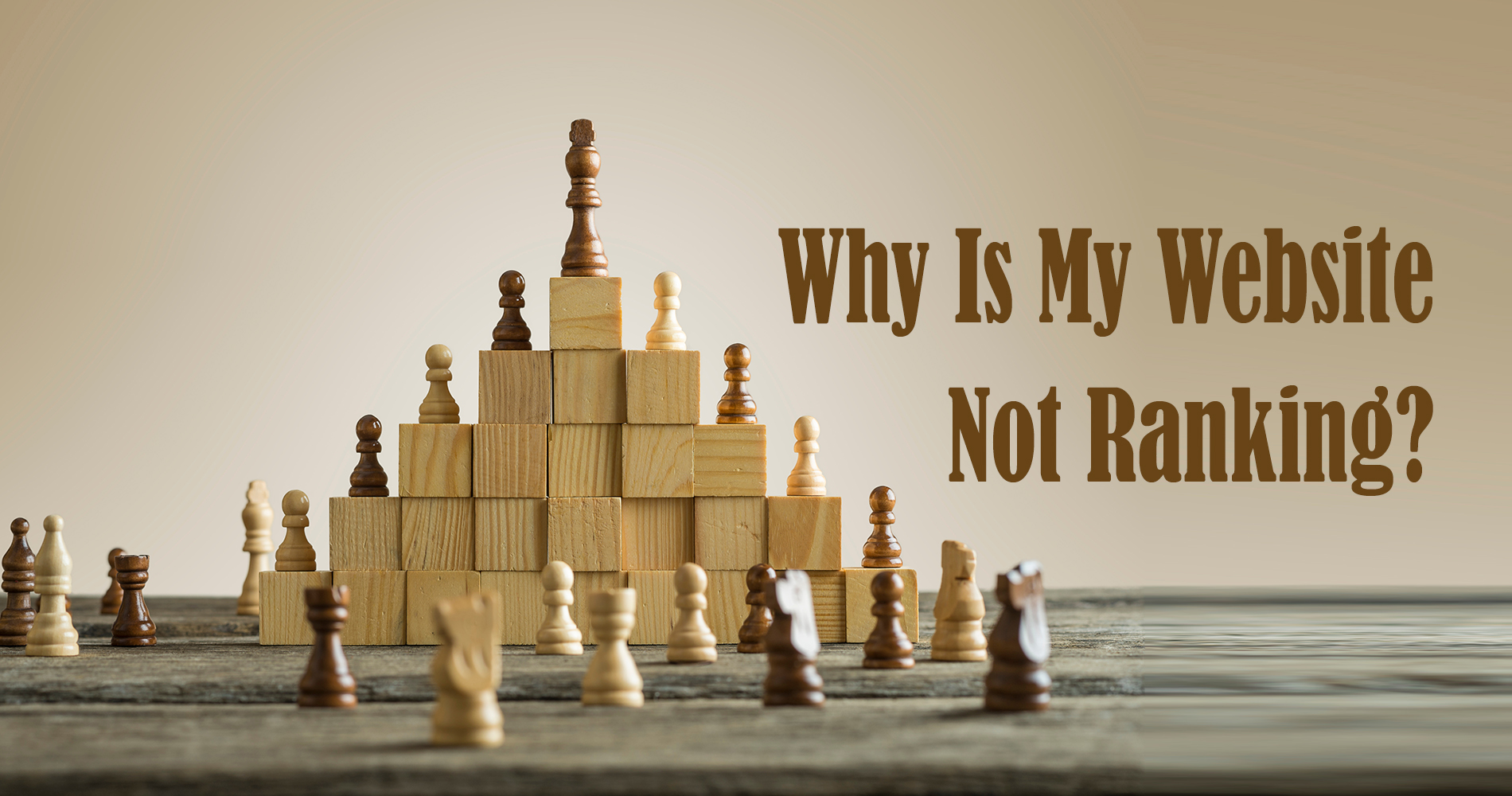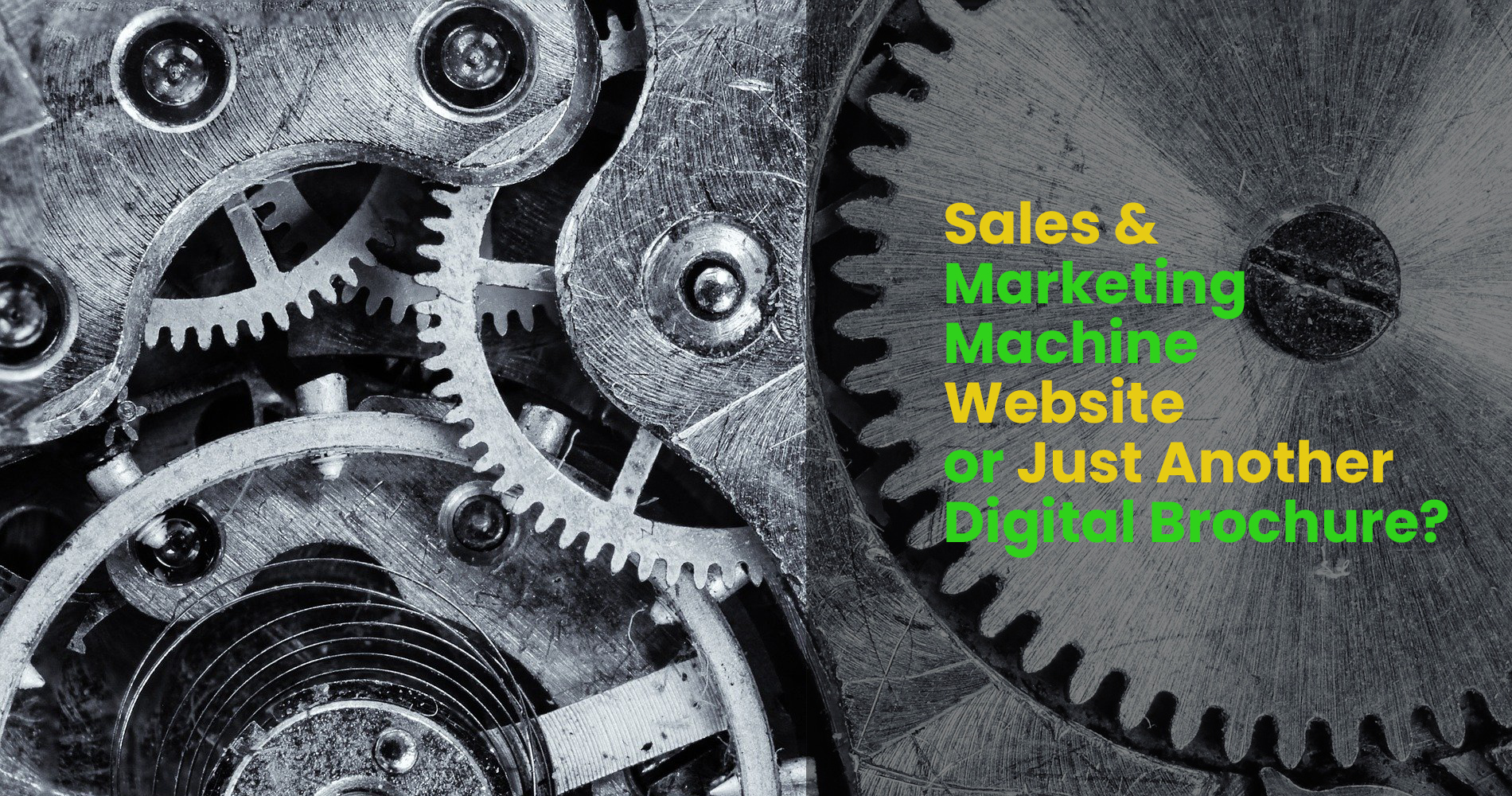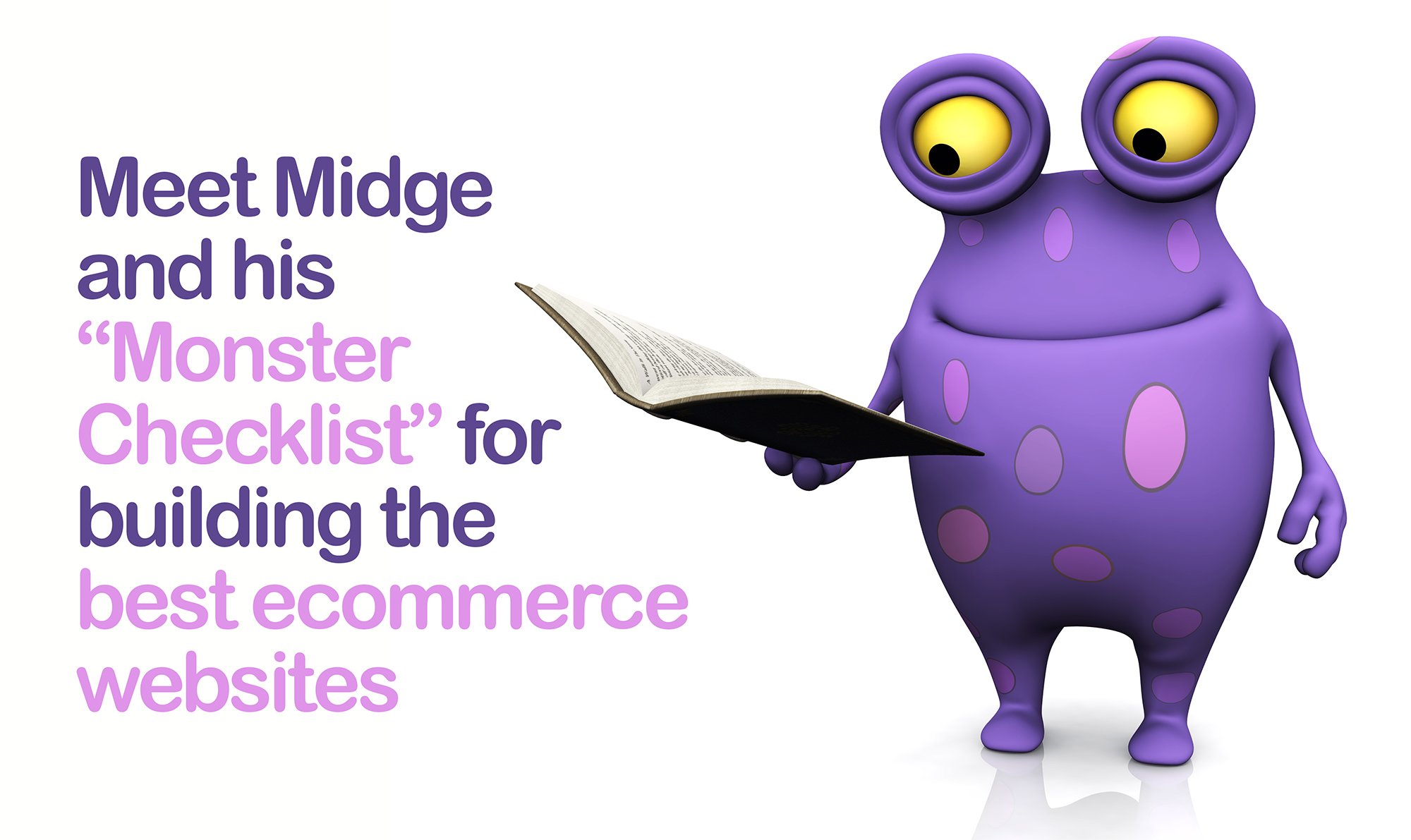We often hear the same complaint from businesses—despite their sleek website, users aren't engaging. If you've been on the receiving end of such a site for your own business, you're likely thinking, "I expected more". The reality is that being attractive doesn't equal engagement! When businesses approach us about designing interactive brochure sites, we know that they are missing out on many opportunities to optimise their design to generate more conversions and generate leads.
No matter how appealing your digital presence might be, it's important to keep in mind that it won't do much for your business unless it addresses your customers' needs and informs them of the ways you stand out from your competitors. An effective website should allow your customer to feel like they're part of a community, not just another number
The purpose of this post is to explain the differences between brochure websites and lead generation websites. Try to determine which category your website belongs to by examining it.
So, What Is a Brochure Website?
Think of a brochure website just like your company’s business card, however larger. A five-page site from the early 2000s back in the day was enough to give you all of the information you needed about a company. At that time, websites were very similar to phone books.
The purpose of a brochure website is exactly what its name suggests. It's a site in which information is simply provided to visitors about the business, its product(s), or service(s) in a way that enhances credibility. The focus here isn't on the customer because there's no call to action and everything is meant to convince customers that it's worth their time and money to purchase from this company. No goals are served here aside from having information available in as few pages as possible, with each page focusing on different parts of the business - like products or services for example.
You’ll notice other similarities too like limited content, almost no text or images outside of those necessary for branding purposes (logo, slogan), minimalistic design, and limited navigation options because the sole purpose of a brochure website doesn't include anything but informs potential leads!
There are typically a few pages on a brochure site, all of which can be accessed through the top menu or footer. This site usually contains only business-related information (not customer information) and is typically limited to these web pages.
- The about Us page contains information such as the company's history, values, mission, and team.
- Contact Information (phone number, email address, and contact form)
- Location Information (addresses and directions)
- System User Service (for businesses that have processes or systems)
- Pricing
- External links or samples of the portfolio
Because of its limited, self-serving nature, the brochure website presents a few challenges to companies planning to use it as a marketing tool.
1. Low Search Engine Rankings
Content is king when it comes to search engine optimisation. Attracting users to your website and keeping them there is not just a matter of being visible in Google's search results; acquiring backlinks fastidiously will help you gain an edge in the rankings, too.
You'll have a better position with high-quality content that publishes keyword-optimised pages which are perfectly suited for users' needs. Your site needs this strategy to be successful, and the best way to get there is by focusing on publishing relevant pages with lots of meat on the bone so there's tons of information for search engines and other websites alike to grab ahold of. People like being able to find good quality information easily - especially if they're in need - so don't forget to keep your users as part of the equation!
Brochure websites are broken into pages without any real content strategy in mind, and other companies simply don't have the resources to keep their website up to date. Since users want more information than can fit onto a few pages of text, they will neither be able to find all of your content on Google nor want to link to it since they also want their visitors to be satisfied with the number of articles available on their websites! It's frustrating for everyone involved when pages with little or no actual content sit in the top rankings.
2. ROI Is Impossible to Measure
Creating a website is a fantastic idea if you're trying to drive traffic and leads to your product. It's important to understand that having an amazing product is only half the battle, though. You ultimately need an audience to sell it to. Having your website will give you the time, space, and flexibility necessary to showcase your product in its best light - but unfortunately not every website out there will be much use for this purpose!
Brochure sites can’t accurately track the return on investment. Their owner has trouble knowing if they are driving traffic to the desired conversion, so analysis is more difficult. (Likely, as a business owner, you find it difficult to track how much your return on investment is returning).
3. Ineffective Audience Targeting
Web users are looking for solutions to their problems. They want information, advice, and guidance on how to fix the issue at hand. They don't want advertisements; they don't want people trying to sell them things such as one would find in a brochure. Only those who had already been browsing for information about the problem at hand will come across these sites organically as is more likely to be the case with a user query that came as an honest search query versus someone who has been looking around specifically for web marketing services or something similar that you may think of advertising your site through.
Brochure-style websites can be very unfriendly and uninviting. Someone trying to find out about a business will feel like they have to work hard to get past all the self-promotion on display to find anything useful. As customers today expect to be taken care of, this is not ideal. The result: people feel frustrated visiting these types of websites they do not see a reason to become part of mailing lists. They will think twice before using your products or services, meaning that you have essentially caused an upset customer instead of building goodwill towards your brand.
4. No Sales (No Funnel Activity)
You can think of a funnel as a representation of how your business interacts with its customers. Your website attracts web users from across the world, but only a fraction convert to customers (the narrow, bottom of the funnel). Ensure that each page encourages visitors to reach their goals.
People who are visiting a brochure website find that they're getting lost as they look at all of the different products available. They won't know where to go or even what they came looking for in the first place. Many visitors will just walk away from an unattractive website like this because it makes no sense. If you own a brochure website, you can overcome this challenge by focusing on providing valuable content that helps guide users through your pages and toward making a purchase!
How do lead generation websites work?
A lead generation website is all about the intent of your customer. The goal of lead generation websites is to attract users who are willing to hand over their information and transform them into customers who will purchase from you (or another business with whom you’ve made a co-marketing agreement).
Lead generation websites have different definitions depending on who you ask. For example, a brochure website can also double as a lead generation site - just one that doesn’t contain active prompts for your user to move through your marketing funnel. Some businesses refer to the lead page as a landing page, which often plays the role of enticing users to take some sort of next step in your journey towards customer acquisition via a conversion funnel.
Take into consideration what actions you wish your users to take so you can build your funnel. You should direct users towards those actions on each page. A blog reader, for example, might like to provide their e-mail address to you. You should offer some kind of incentive to get their subscription.
Lead generation websites need not be expensive. An effective website doesn't even have to be attractive (although a conversion-focused design does help). It should still have these features.
1. Better Copywriting
First, write for people. Start by empathising with them. If you don’t understand your target audience, you won’t be able to grab their attention or reach them emotionally – which is the first step in getting a new customer to convert. Include only the important keywords that make sense and improve readability - use them for their intended purpose in the right places and Google will rank your site appropriately!
Even if you attract a lot of traffic, it won't convert if you keep optimising your site for search engines and stuffing it with keywords. There is no point in reading unintelligible content written to exploit an algorithm.
2. Every Page Includes a Call to Action
Calls to action ask users to take a certain action. For example, you might have calls to action that are asking users to email you, subscribe to your email list, download a lead magnet, follow you on social media or visit a landing page with more information. Calls to action come in handy when trying to inform your visitors about what the next step is for them on any given page of your website. Every service-based business should ensure their About Us pages include calls to action so visitors can easily take the next step of contacting them through the form provided!
3. Lead Magnets
Lead magnets are great at attracting subscribers because they are free things like premium content or special promotions that people can get in exchange for their email addresses. They’re often big, like a free eBook, or small and simple and within blog posts. You can offer them through ads on your website, either as a pop-up ad or banner ad. Sometimes it might be best to make these available only to a reader after a post or article has been viewed!
4. Landing Pages
Landing pages are like signs on a freeway, with each one showing a specific destination and listing out the turn-offs to get there. Most website visitors will see many different turns as they scroll down a page or click through on links. The key is to make sure they don't miss the turn that ultimately leads them to your primary objective - whether it's making a purchase, getting an inquiry from their email address, or even taking advantage of content downloads.
So that when visitors do reach these important destinations, it might be tempting for you to hold their hand the whole time and walk them to the end of the path - but keep your hands off! Leave them wanting more by mapping paths in such a way that readers (or website visitors) can take action by themselves simply because you have structured your story in such a way!
Lead Generation Websites: An Effective Strategy!
Once you have generated some leads from your website, it becomes essential to use marketing tools like email marketing services to automate your outreach effectively. Trying to reach out to individuals one at a time via email can be very overwhelming but if you find yourself in the position where this is, then be sure to build personal relationships with each of your leads as you wish they had been when they were onboarding with your business.
With enough segmentation, this engaging and comfortable communication will go a long way in establishing trust between company and consumer because it will prove that human intentions are most definitely behind all elements of reaching out to those who may or may not yet be ready to buy.
We know what you’re thinking: “What about sales? We need sales!” And we understand. At some point, you'll eventually have to sell your product. This can be a very challenging task. Identify and settle on warm leads and see if they're looking for something that meets the criteria offered by whatever it is you're offering to the market. If they are qualified leads and they do decide to go ahead with what you’re offering, they should then receive an automated email campaign as well as a personal message from someone with whom they would be able to continue discussions at a future date to ensure proper customer relations management processes.
